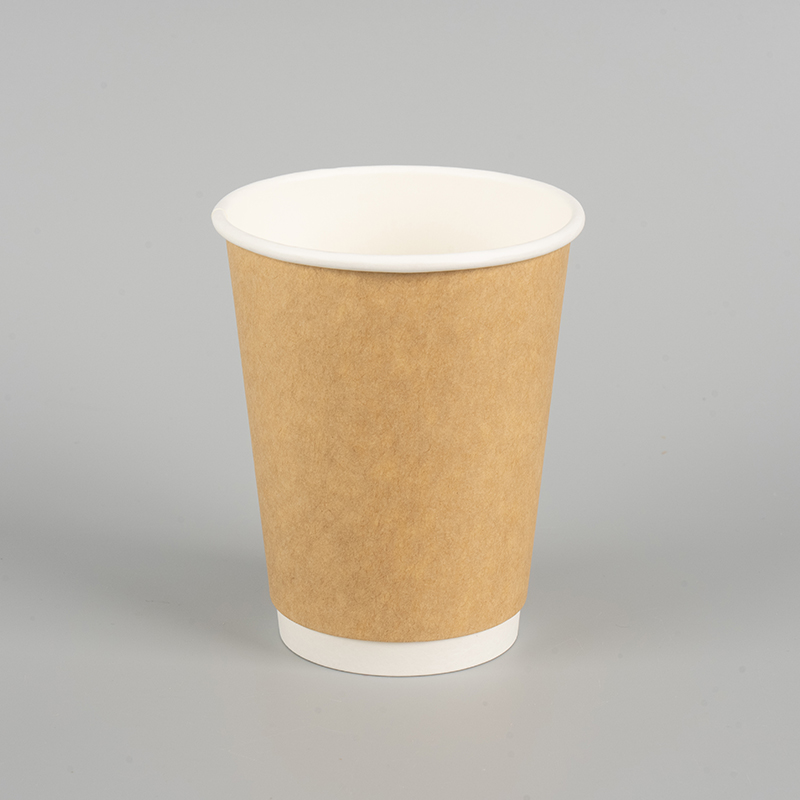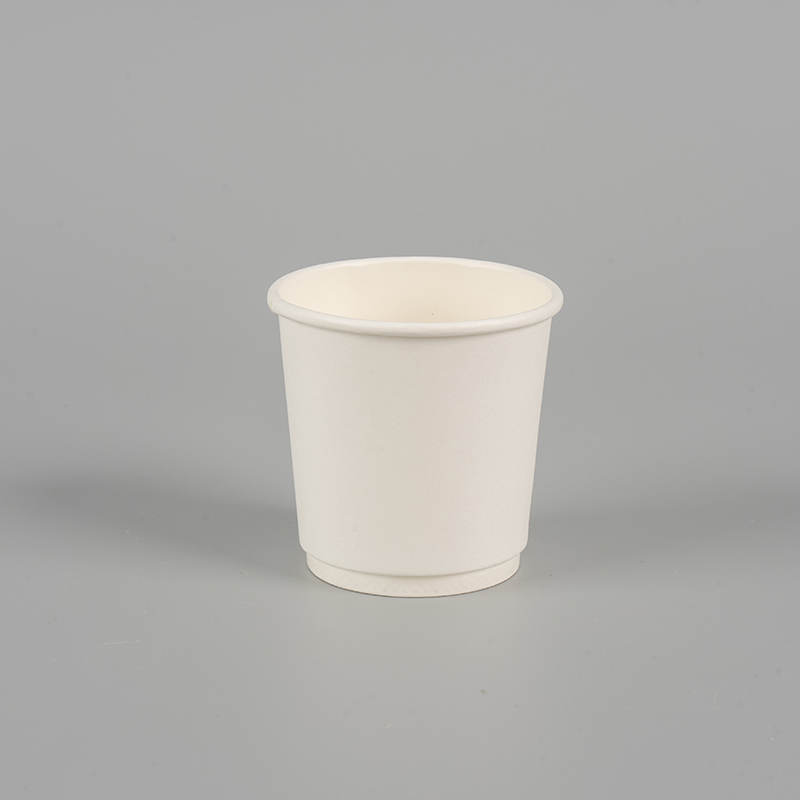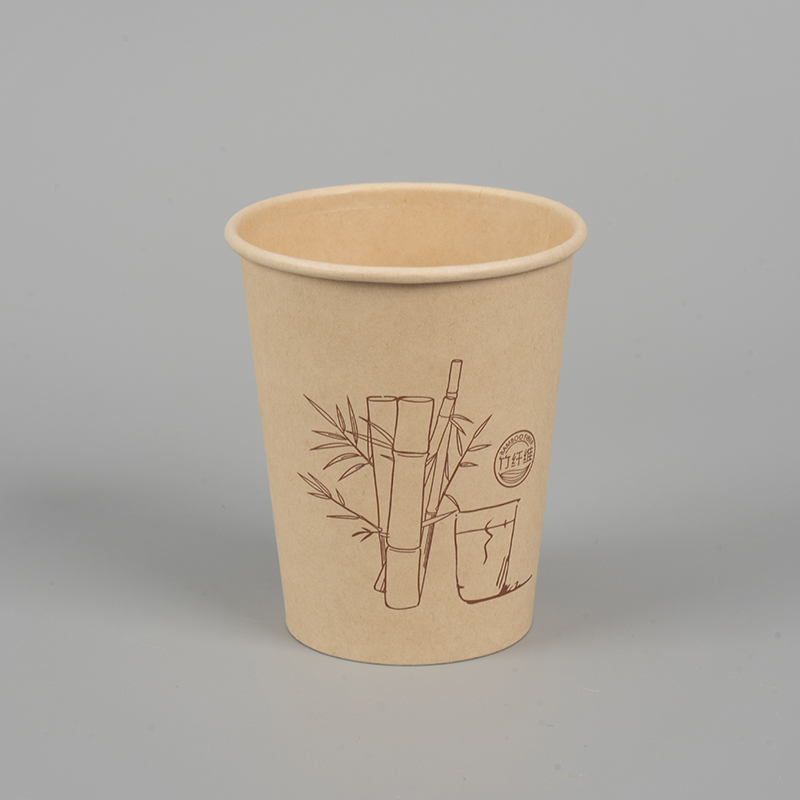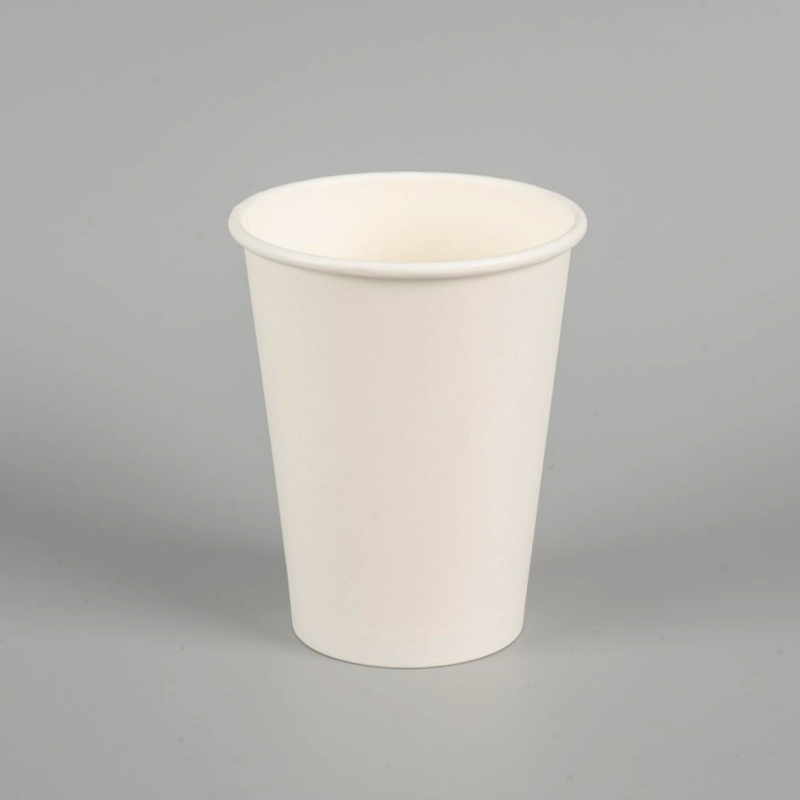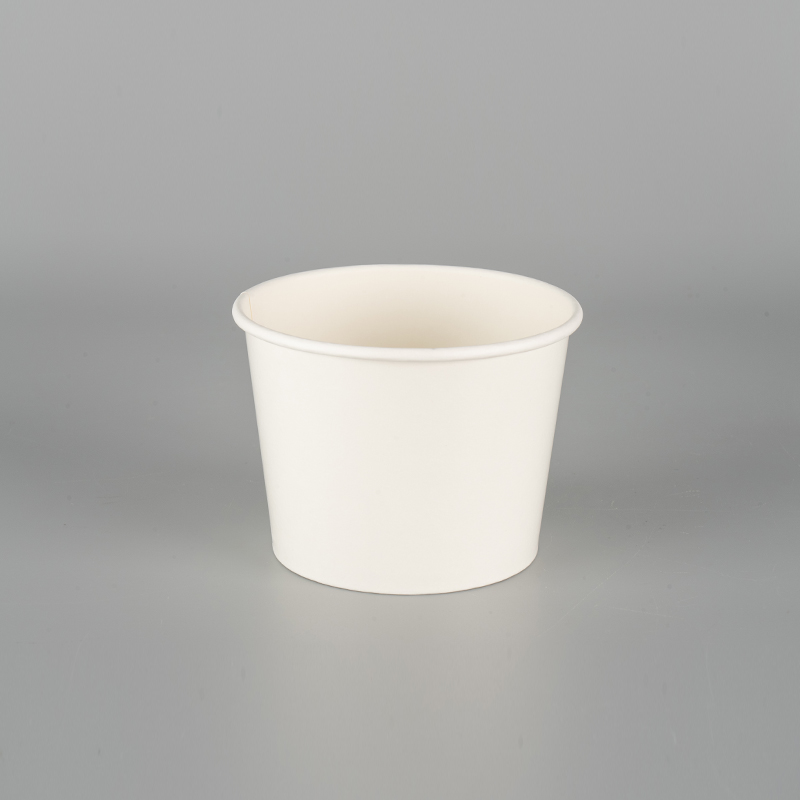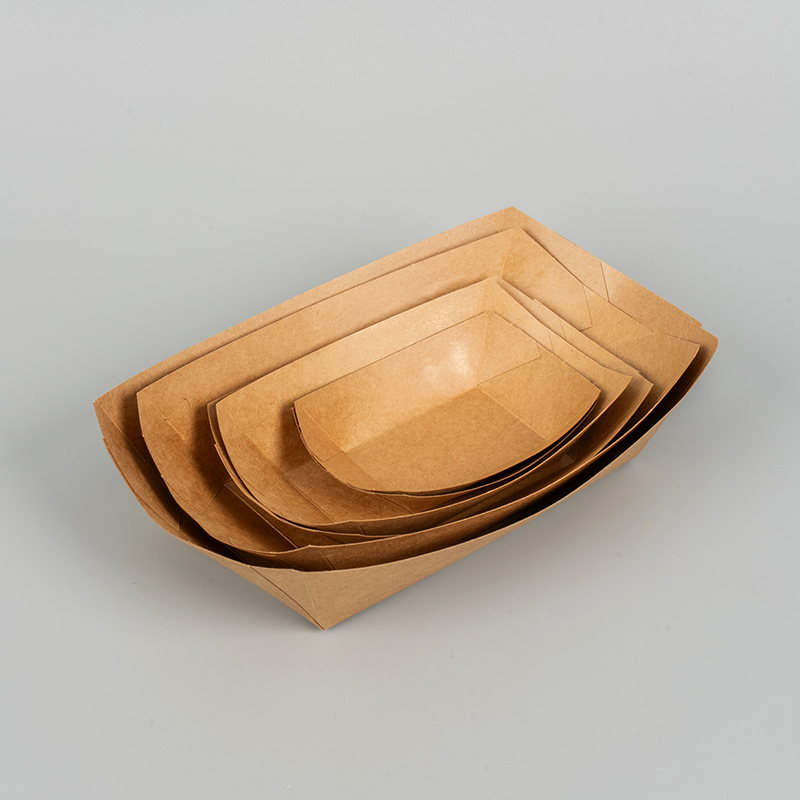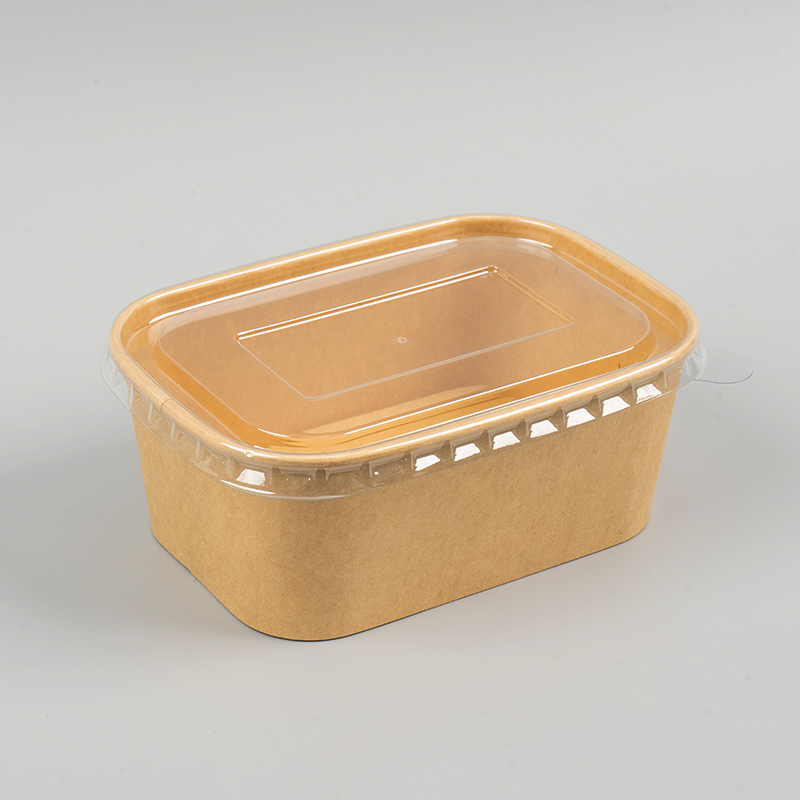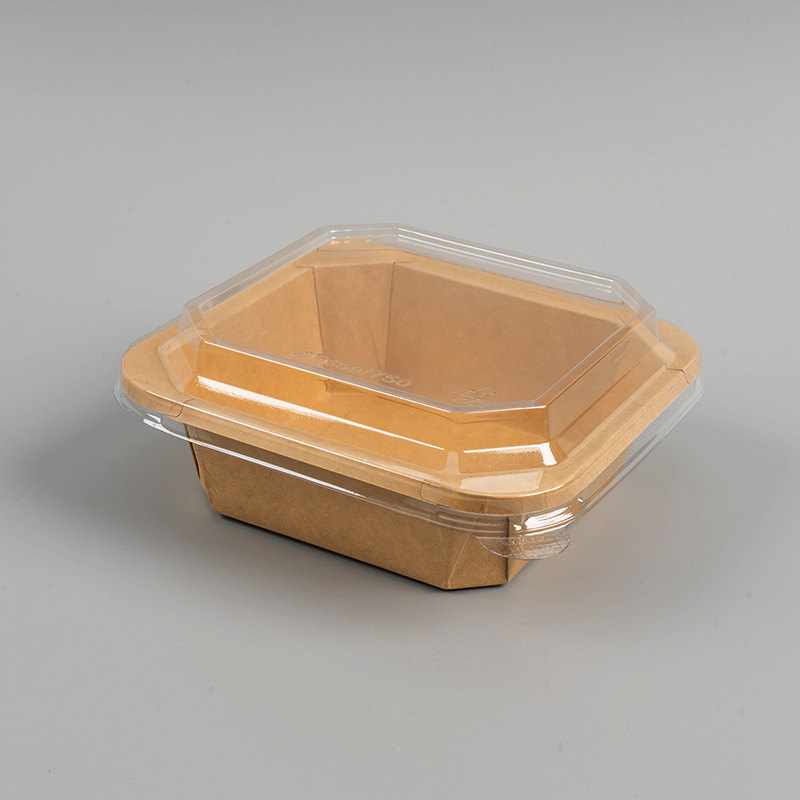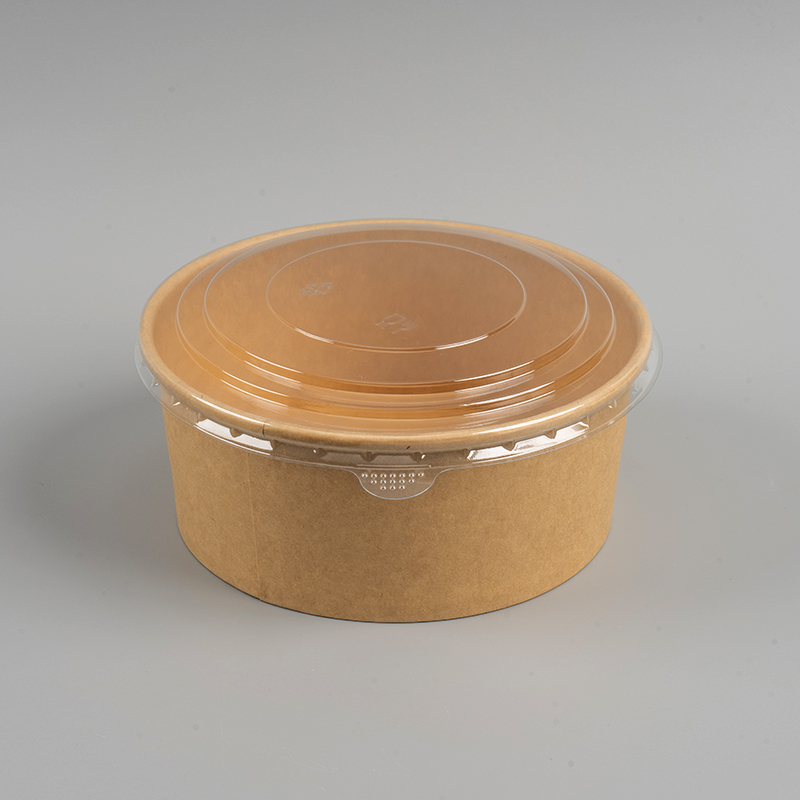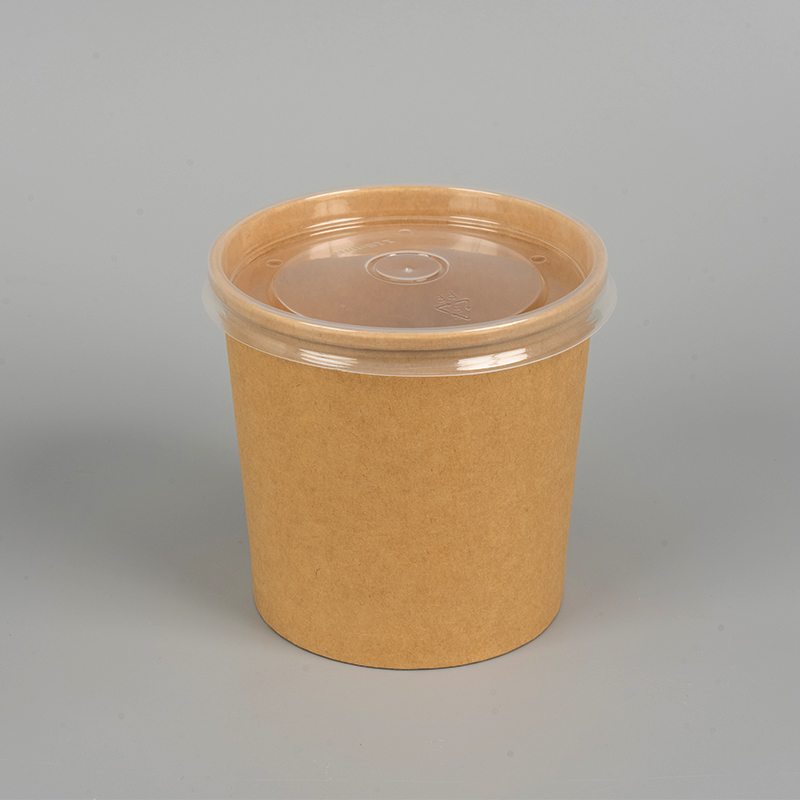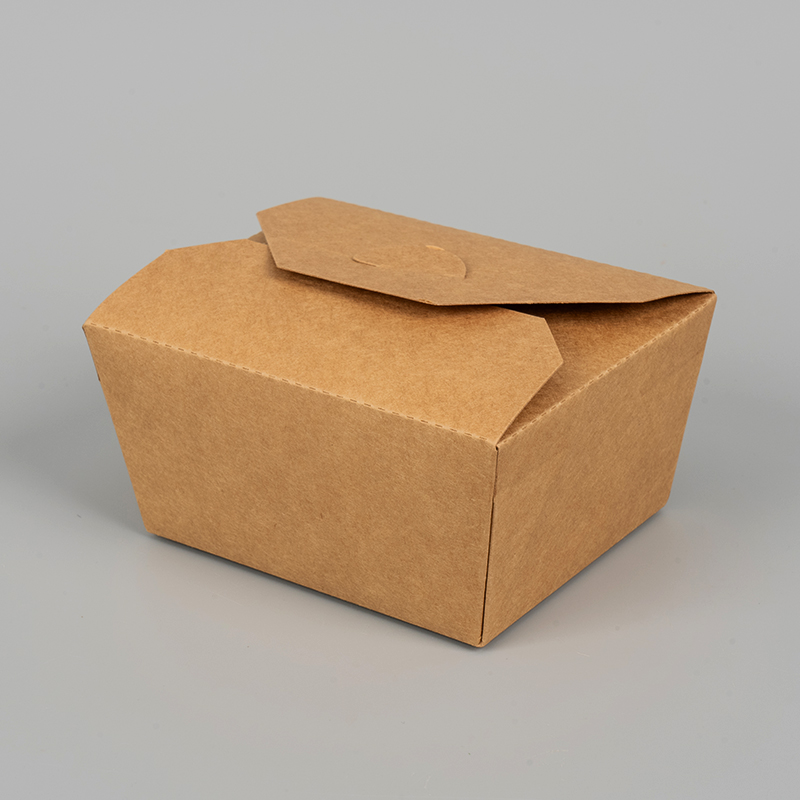Mik a papír tálak feldolgozási módszerei
A modern élelmiszer -csomagolási iparban a gyártási folyamat papír tálak Számos kulcsfontosságú kapcsolatot foglal magában, amelyek közül a nyersanyagok kiválasztása döntő lépés. A papír tálak fő nyersanyagja általában a fehérített fa cellulóz, amelyet a professzionális cellulóz és a papírgyárok készítenek egy sor finom feldolgozás révén. A nyersanyagok megválasztása a termék piaci helyzetétől és fokozatától függően változhat. A csúcskategóriás termékek általában importált, kiváló minőségű fapép használatát használják a papír tálak kiváló teljesítményének biztosítása érdekében az erőben és a textúrában; A középkategóriás termékek használhatják a háztartási szokásos fatartalmat, míg az alacsony kategóriájú termékek rövid szálas cellulózat, például a bagasse-pépet, a búzaszalma pépét, a bambuszpépet vagy a nádpépet használhatják a költségek ellenőrzése érdekében. Ezen nyersanyagok kiválasztása nemcsak közvetlenül befolyásolja a papír tálak fizikai tulajdonságait, hanem bizonyos mértékig meghatározza környezeti jellemzőiket is, tükrözve a vállalkozások fenntartható fejlődésben tett erőfeszítéseit.
A nyersanyagok meghatározása után a következő kulcs lépés a pépzés. A pulzálás során a habpép és a hidraulikus turbina -verő létfontosságú szerepet játszik. A fizikai cselekvés révén ezek a berendezések hatékonyan elválaszthatják a szálakat és javíthatják kötési képességüket, szilárd alapot teremtve a későbbi öntési folyamatokhoz. Ugyanakkor a papír tálak nedvességállóságának és vízálló teljesítményének javítása érdekében speciális kiegészítő anyagokat kell hozzáadni a pulzálás során. Ezen kiegészítő anyagok kiválasztásának és arányának szigorú kísérleteket és teszteket kell végeznie annak biztosítása érdekében, hogy a végtermék minősége megfelel -e a várt szabványoknak.
A kialakítás a Paper Bowl gyártási folyamatának alapvető linkje. A pépet, amelyet a péppel feldolgoztak, az alakítógépbe szállítják, kiszáradják és egy fémformán keresztül alakítják ki. Ebben a folyamatban a víz kb. 95% -át eltávolítják, hogy a nedves pép asztal kezdeti alakját képezzék. A kialakítás minősége közvetlenül kapcsolódik a papír tál későbbi feldolgozásának alakjához, méretéhez és nehézségéhez. Ezért olyan tényezők, mint például a formálógép kiválasztása, a penész kialakítása és minősége, valamint a pép jellemzői különösen fontosak.
Az öntés és a szárítás két fontos lépés az öntést követő. Az öntési folyamat tovább tömöríti a nedves papírformát egy speciális sajtón keresztül, hogy eltávolítsa a maradék vizet és fokozza a szálak közötti kötési erőt. Ez a link nem csak a szárítási költségek csökkentését segíti, hanem jelentősen javítja a papír tál szilárdságát. A későbbi szárítási folyamat előmelegített felső és alsó formáló formákat használ a papír tál melegítéséhez, a fennmaradó víz elpárologtatásához és a sterilizációs hatás eléréséhez. Mivel a szárítási folyamat magában foglalja a magas hőenergia -fogyasztást, a szárítási folyamat ésszerű kialakítása és a hőhatékonyság javítása a költségek csökkentésében és a papír tál gyártóinak gazdasági előnyeinek javításában.
Az alakítás és a vágás az utolsó néhány folyamat a papír tálak gyártásában. A formázási folyamat során a forró penészprés -formázási és naptárolási lépéseket használják a papírhálózati folyamat során hagyott hálójelek kiküszöbölésére, így a papír tál belső és külső felületei sima és laposak. Ugyanakkor az ügyfelek igényei szerint a szöveget vagy a mintákat domboríthatják a papír tálon, hogy javítsák piaci versenyképességét. A vágási folyamat befejezi a papír tál végső feldolgozását azáltal, hogy eltávolítja a papír tál szélén lévő burrsokat, és megnyomja a behúzást, amely megkönnyíti a doboz burkolatának összecsukását és kinyitását.


